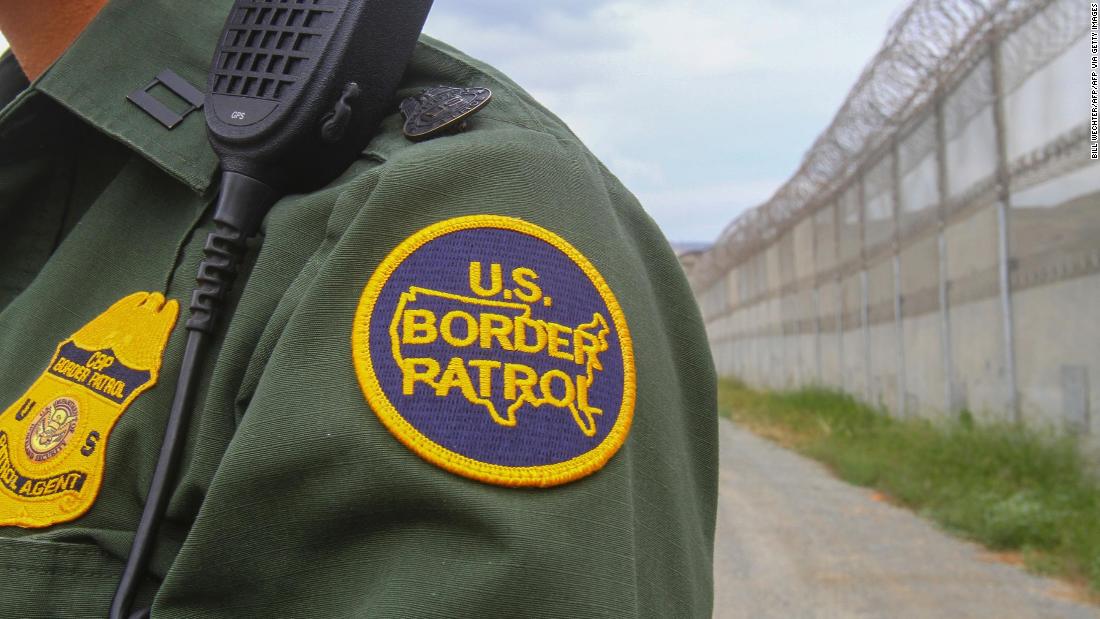The data, dated Tuesday, is the latest indication of the challenge faced by the Biden government to resolve the bottleneck in the immigration system, with the number of unaccompanied children exceeding the availability of adequate shelters to care for children.
On average, in the past 21 days, Customs and Border Protection found 435 unaccompanied children daily, against an earlier average of around 340 children.
Roberta Jacobson, coordinator of the Biden government for the southern border, emphasized at the White House press conference on Wednesday the government’s message that now is not the time to come to the United States.
“It is really important that people do not take the dangerous journey in the first place, that we provide them with alternatives to make that journey, because it is not safe during the journey,” she said. “And then, you know, if I could just emphasize that, it is very important that this message gets across, because the perception is not the same as the reality in terms of the border not being open.”
A myriad of reasons may be responsible for the sudden increase in children on the US-Mexico border, including the dramatic toll of the pandemic in Latin America, where economies once projected to grow have been decimated, the result of two devastating hurricanes that have hit the region, and a perception of relaxed oversight by the Biden government.
Normally, after being taken into custody by the Border Patrol, unaccompanied children must be returned within 72 hours to the Department of Health and Human Services, which has the task of caring for migrant children, except in exceptional circumstances.
Once in care, case managers will work to place children with a sponsor, such as a parent or relative, in the United States, but as a result of the coronavirus pandemic and precautions to prevent the spread of Covid-19, the department has until recently it only managed to occupy a little more than half of the beds it has for children.
Jacobson was unable to say what the government is doing now to resolve the challenge of unaccompanied minors.
“My part of this is much more focused on what we are doing at the end of this process in Central America and Mexico. I think that all of us, at all stages of this process, are doing everything we can to ensure that children are well cared for. and moved to facilities that are suitable for them, “Jacobson said at a press conference at the White House on Wednesday afternoon.
Asked by CNN’s Kaitlan Collins whether Jacobson would describe the increase as a crisis, she declined to say.
“I’m not trying to be beautiful here, but I think the fact of the matter is that we have to do what we do regardless of what someone else solves,” she said, adding that there is “urgency, from the president down, to fix our system . “
Jacobson said that an increase in the number of migrants trying to enter the United States is a response to “a significant hope for a more humane policy”.
“We’ve seen outbreaks before. Outbreaks tend to respond to hope, and there was significant hope for a more humane policy after four years of, you know, pent-up demand, ”said Jacobson.
“I don’t know if I would call this a coincidence, but I certainly think that the idea that a more humane policy would be implemented may have led people to make that decision, but perhaps most importantly, it definitely led smugglers to express this information to spread misinformation about what was now possible “, he added.
This story has been updated with additional details and comments from the White House.
CNN’s Devan Cole and Betsy Klein contributed to this report.
